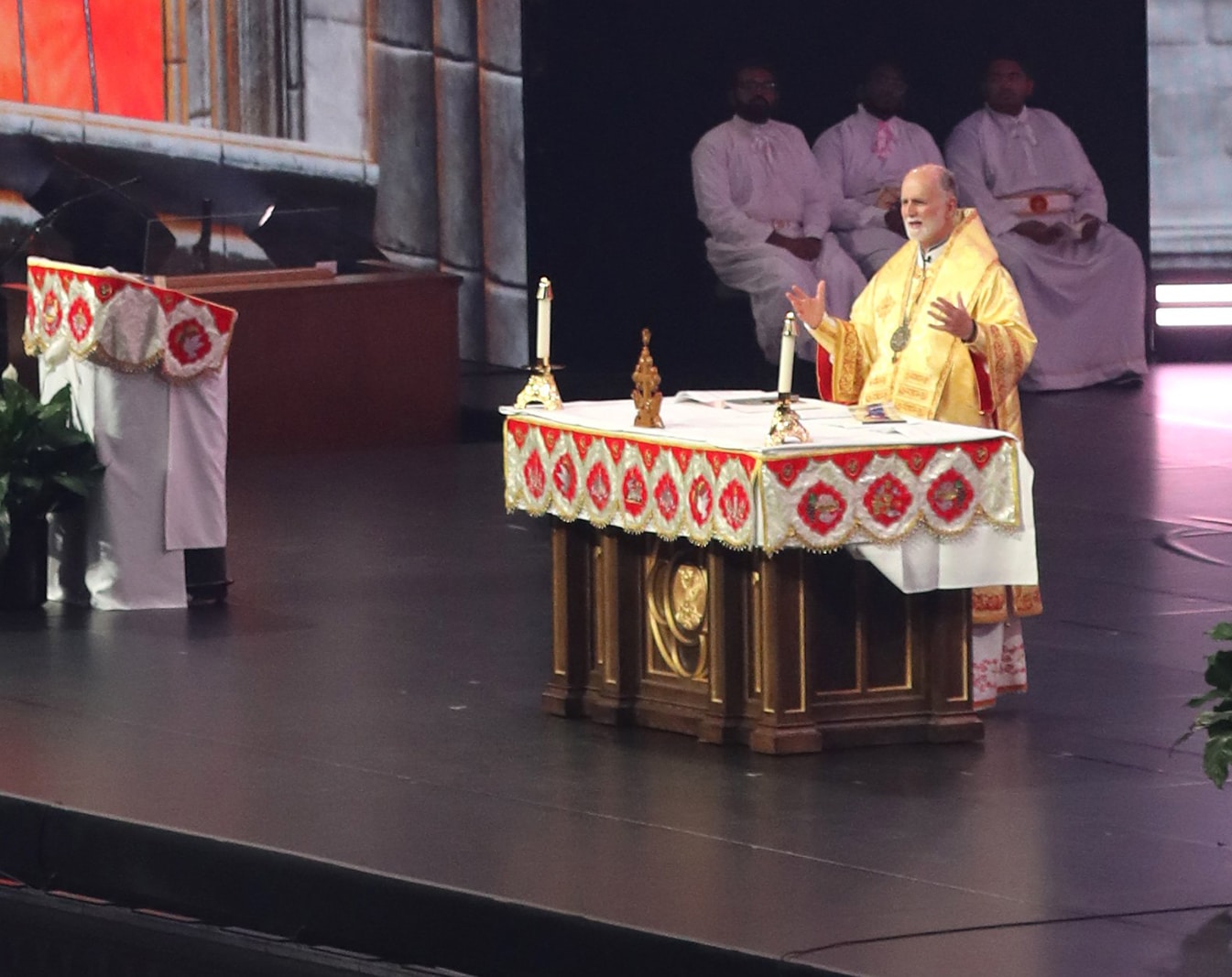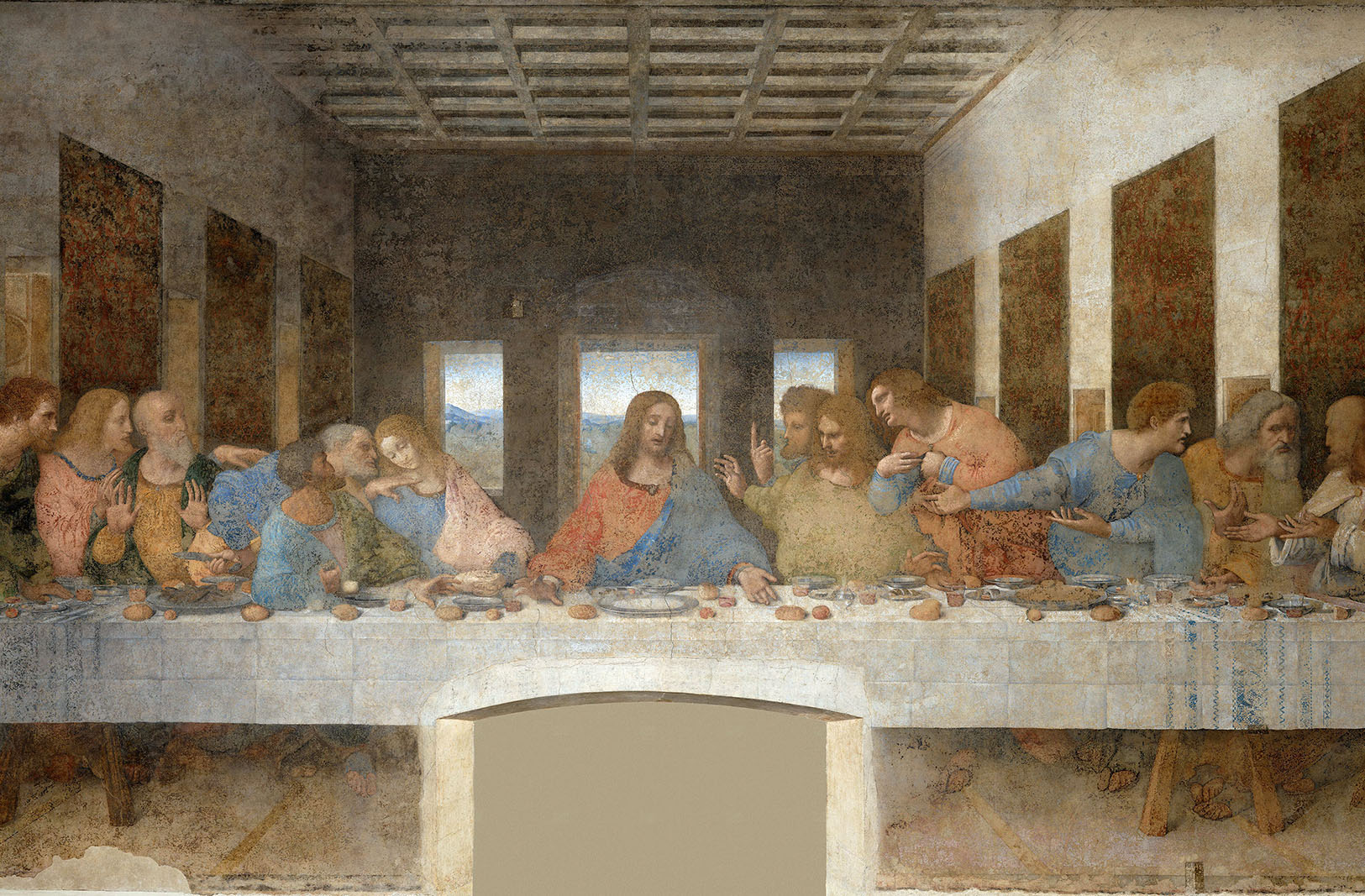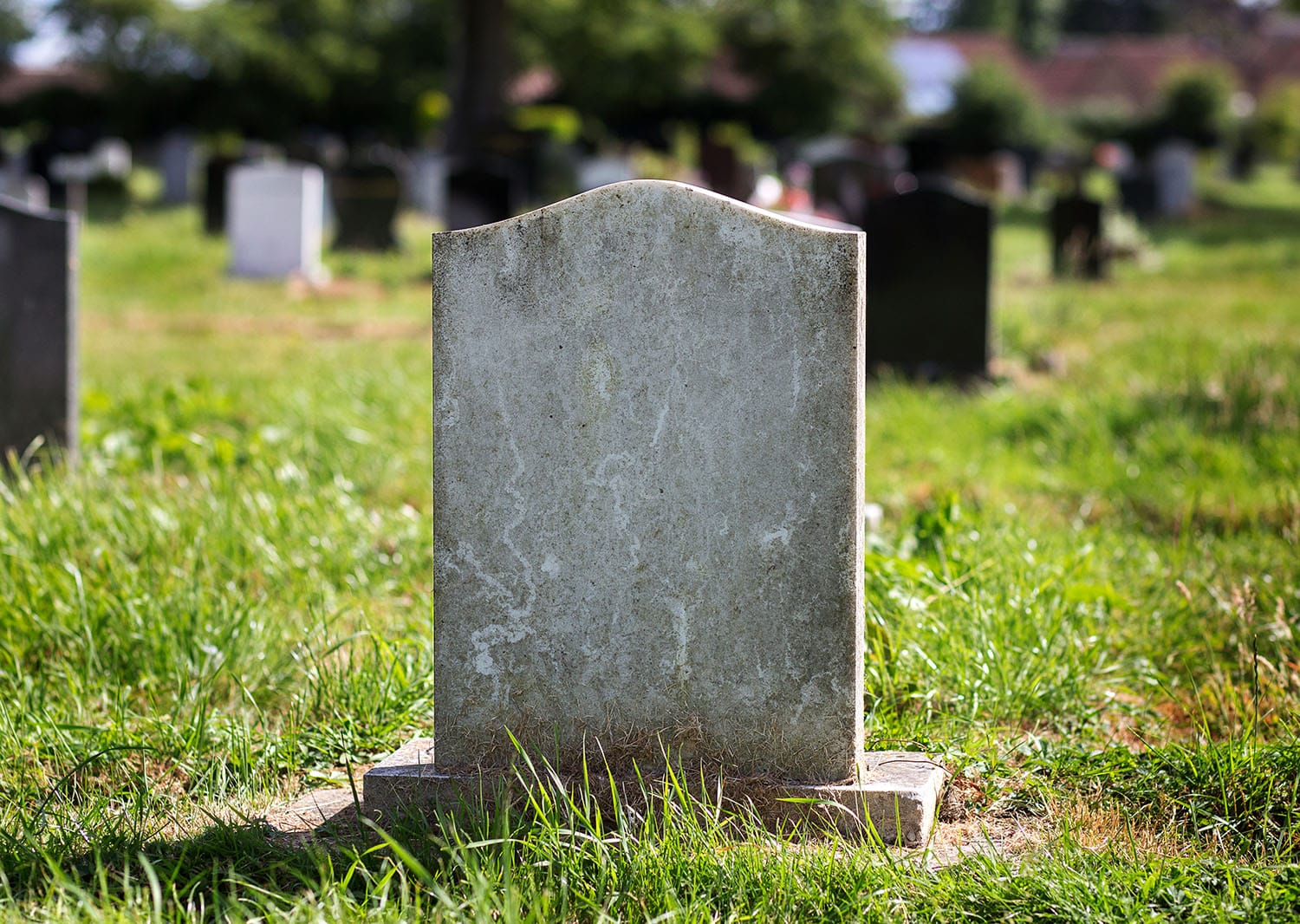The recent National Eucharistic Congress in Indianapolis was nothing short of a monumental success for the Church in the United States. It was a historic gathering that shattered barriers and brought together diverse segments of our Catholic community in an unprecedented way.
For too long, the Church in the United States has struggled with ideological echo chambers that have fostered division and misunderstanding. Often those ideologies are presented under the guise of liturgical preference. The National Eucharistic Congress, however, proved to be a powerful antidote to this fragmentation. The gathering drew a wide spectrum of Catholics, from Traditional Latin Mass devotees and members of Eastern Catholic churches to charismatics and more. This was not just a meeting of minds but a communion of hearts, united in love for the Eucharist and the Catholic Church.
The Church’s liturgical diversity
One of the most remarkable aspects of the Congress was the celebration of the Syro-Malabar Holy Qurbana in Lucas Oil Stadium, an event attended by over 25,000 participants, most of whom were experiencing this ancient Eucharistic liturgy for the first time. Syro-Malabar Catholics spoke through tears of joy, sharing that their children were able to worship for the first time at a national Catholic event in their own rite. The Holy Qurbana was celebrated ad orientem (facing East), a practice that, while traditional in both East and West, is often unfamiliar to many Western Catholics who are familiar only with the Novus Ordo. Yet, the reverence and beauty of the Qurbana captivated everyone present, offering a powerful reminder of the Church’s rich liturgical heritage and the unity that can be found in diversity. Similarly, 2,500 participated in the Divine Liturgy of St. John Chrysostom, celebrated in a hall at the Indiana Convention Center, and another divine liturgy at Saint Athanasius the Great Byzantine Catholic Church.

Beyond the diverse liturgical celebrations, the Congress was the site of numerous reported healings and conversions. Victims of clerical sexual abuse reported being reconciled in profound ways. These miraculous occurrences were not merely anecdotal but were tangible signs of the Holy Spirit at work. They testify to the living and active presence of Christ in the Eucharist, renewing his Church.
An evangelical witness
The evangelical witness of the Congress extended beyond the confines of the event itself. Downtown Indianapolis was transformed as tens of thousands of Catholics processed through the streets, bearing witness to the Real Presence of Our Lord in the Eucharist. Religious sisters and brothers knelt at the feet of the homeless and participants offered catechesis on the Eucharist to restaurant staff and servers. This public display of faith caught the attention of many bystanders, who, intrigued by the spectacle, inquired about its significance. Even event staff and production team members, their curiosity aroused, were asking about the Faith. These moments provided countless opportunities for evangelization, as participants shared the beauty and truth of the Catholic Faith with those who might otherwise never have encountered it.
The National Eucharistic Congress was a triumph for the Church in the United States, fostering a spirit of unity and renewal.
The Congress highlighted the potential for future conversions at a time when Catholics are often tempted to succumb to sorrow and criticism. The unity and enthusiasm displayed by the diverse attendees served as a powerful invitation to those observing from the outside and drew more Catholics to Indianapolis throughout the week. Entering into the Congress, 53,000 people were registered; by Saturday night, attendance had broken 60,000. The Indianapolis Police Department used street camera footage to estimate that 60,000 people participated in the Eucharistic procession.

In a world increasingly characterized by division and secularism, the sight of so many people coming together in faith and love was a beacon of hope and a testament to the transformative power of the Eucharist.
The National Eucharistic Congress was a triumph for the Church in the United States, fostering a spirit of unity and renewal. At a time when our nation was experiencing the most poignant and tense political news cycle in decades, our Church was united in prayer. The voice of the Master pierced the cacophony of commentary and news reports, calling his disciples unto himself.
The diverse participation, the celebration of the Syro-Malabar Qurbana, the reports of healings and conversions, and the public witness of faith all contributed to an event that will have a lasting impact on the Church in the United States. This Congress was a powerful reminder that, despite any differences we may have with one another, we are all united in the Body of Christ. God was at work in Indianapolis in extraordinary ways, and that work will bear fruit in every parish throughout our land.







